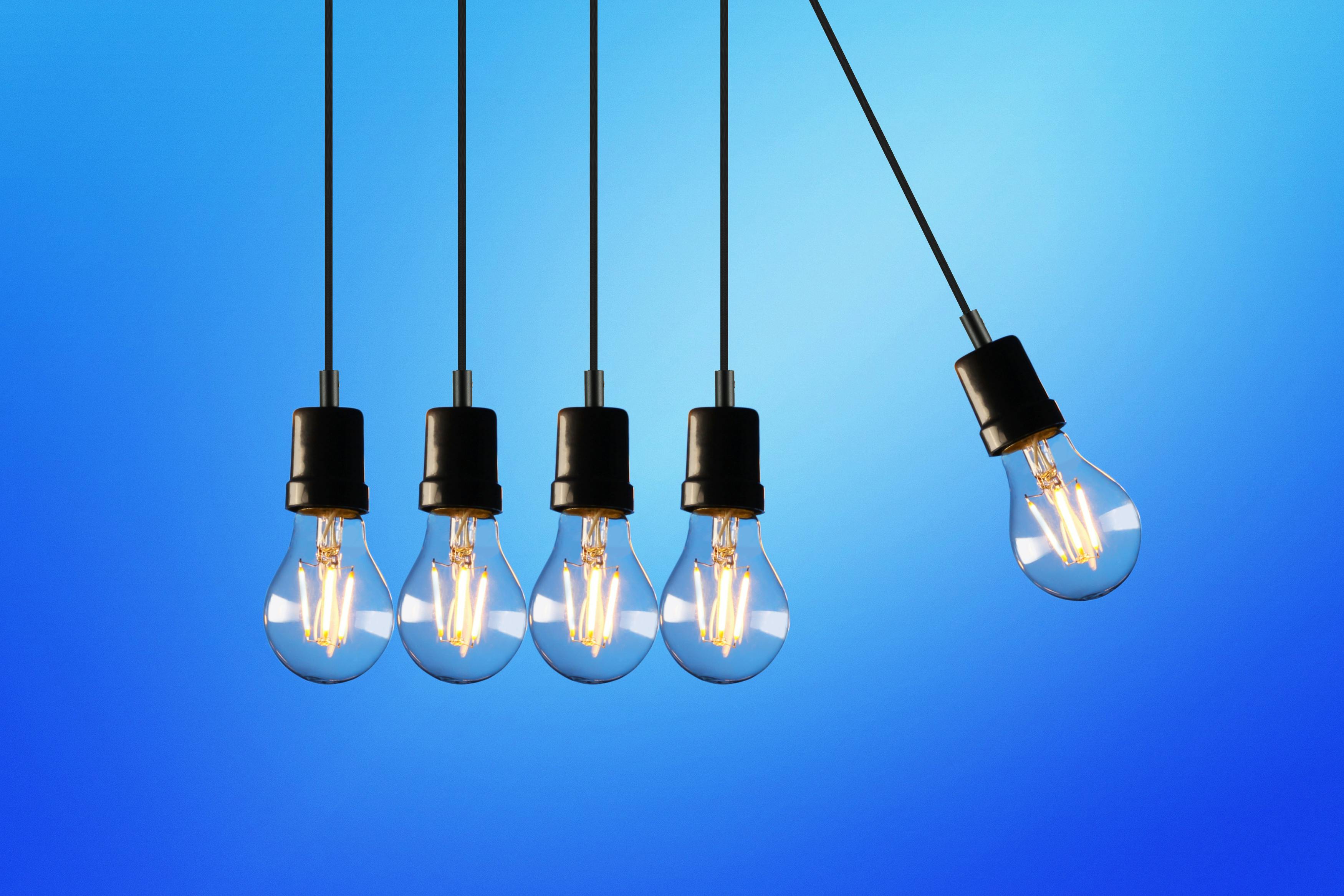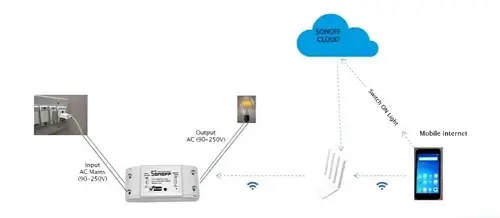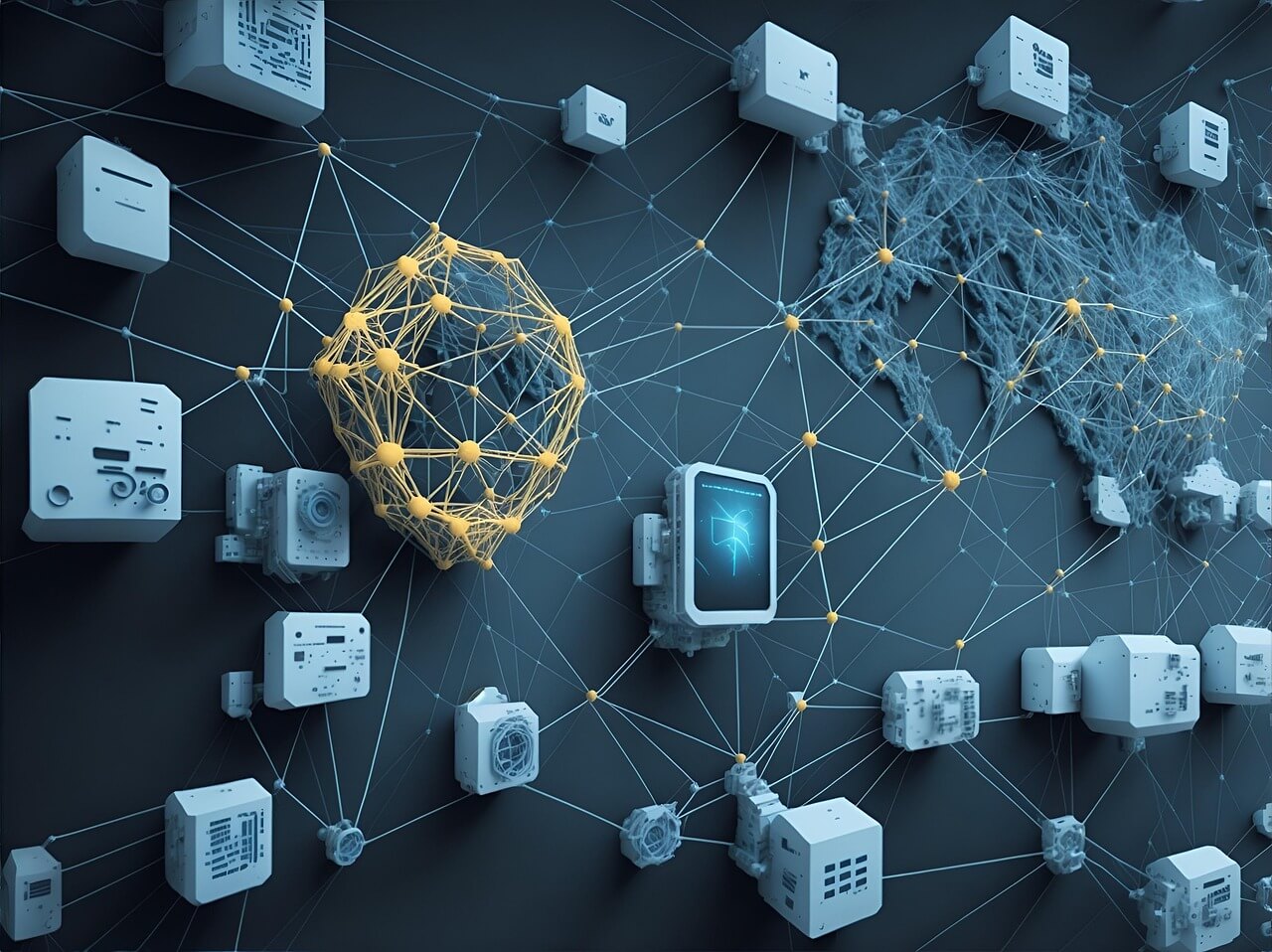Electrical Pressure Sensors in IoT: Bridging Physical Pressure & Smart Systems
When we talk about IoT and smart devices, the first thing that comes to mind is usually digital dashboards, wireless alerts, or cloud analytics. But at the core of many of these systems are electrical pressure sensors—devices that quietly convert mechanical pressure into electrical signals so IoT systems can understand and act on them.
These sensors are the bridge between the physical world and the digital intelligence of IoT, making them indispensable in everything from industrial machinery to smart homes.
What Are Electrical Pressure Sensors?
An electrical pressure sensor is a device that detects pressure from gases or liquids and converts it into an electrical signal. Unlike mechanical sensors that rely solely on movement, electrical sensors provide real-time, accurate digital outputs.
The main types include:
- Piezoresistive Sensors: Change resistance under pressure. Common in automotive and industrial IoT applications.
- Capacitive Sensors: Change capacitance as the diaphragm deflects. Often used in medical devices and environmental monitoring.
- Piezoelectric Sensors: Generate a voltage when pressure is applied. Excellent for dynamic pressure measurements like vibrations or fluid pulses.
How Electrical Pressure Sensors Work in IoT
- Pressure Applied: The sensor senses a change in liquid, gas, or mechanical force.
- Signal Conversion: The sensor converts this pressure into an electrical signal (resistance, voltage, or capacitance).
- Data Transmission: IoT modules like Wi-Fi, LoRa, or Bluetooth send the signal to a cloud or dashboard.
- Smart Actions: Applications can trigger alerts, start or stop machines, or adjust processes based on the readings.
This makes electrical pressure sensors far more versatile for IoT systems than purely mechanical sensors.
Real-World Examples
- Smart Homes: Water supply systems with electrical pressure sensors monitor pressure and alert homeowners about leaks, preventing flooding and damage.
- Healthcare Devices: Ventilators and blood pressure monitors rely on electrical pressure sensors for real-time accuracy. IoT integration allows remote patient monitoring.
- Industrial Applications: Factories use these sensors in hydraulic systems, compressors, and pipelines. IoT connectivity enables predictive maintenance and automatic adjustments.
- Automotive Systems: Vehicles rely on pressure sensors for tire monitoring, fuel injection, and brakes. IoT-enabled sensors provide performance data and maintenance alerts.
Why They Matter in IoT
- Accuracy: Provide precise readings in real time.
- Remote Monitoring: IoT integration allows alerts and analytics from anywhere.
- Automation: Electrical outputs can trigger automatic responses in connected systems.
- Versatility: Can handle dynamic or static pressures across industries.
Electrical pressure sensors are more than just gadgets—they are the eyes and ears of smart systems, helping industries and consumers make informed, timely decisions.
Final Thoughts
From smart homes to industrial plants, electrical pressure sensors are quietly powering the IoT revolution. They take invisible pressure forces and turn them into actionable insights, helping machines and humans work smarter, safer, and more efficiently.
Even in a world dominated by wireless dashboards and AI analytics, these sensors remind us that precision and simplicity go hand in hand.




